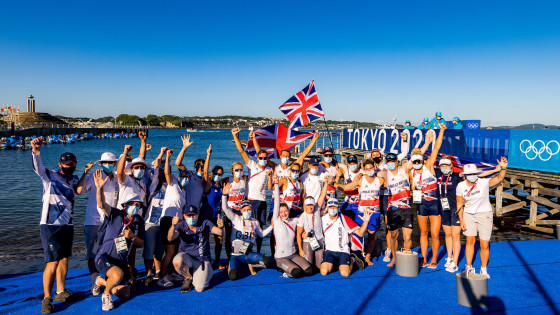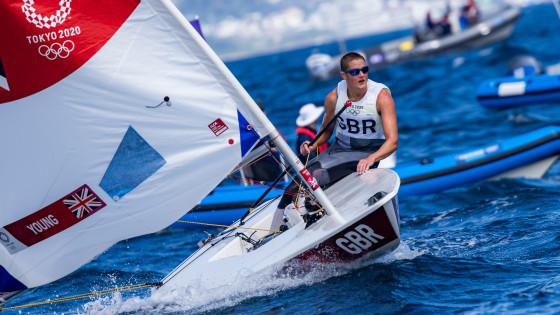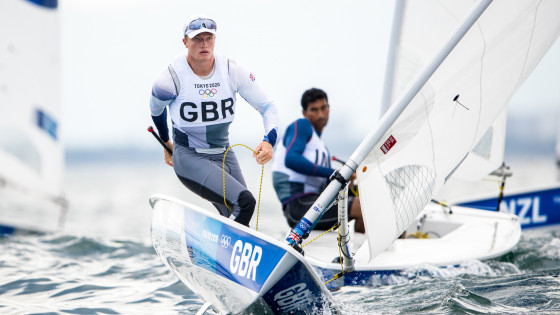-
Bridgebuilders in action
-
 The team in Tokyo
The team in Tokyo -
Bridgebuilders in action
-
Bridgebuilders in action
-
 Action in Tokyo
Action in Tokyo -
Bridgebuilders in action
-
Bridgebuilders in action
-
 Action in Tokyo
Action in Tokyo
The British Sailing Team (BST) is the most successful Olympic sailing team of all time. They have held the status of top Olympic nation for 21 years (the last 6 Olympic Games).
The legacy of this success was founded in 1997 when a critical decision was to make the development of people, in particular coaches, a high priority. Since then, the team have consistently made a high investment of time, energy and funding towards developing (not buying) the best coaches in the world.
The 24-year journey to developing the best sailing coaches in the world has been fascinating and this short case study aims to share insights into what happened and what was learnt along the way.
I’ve had the privilege of being part of the team since the 1992 Olympic games and I can say the Tokyo team was by far the best team we have ever had. People’s awareness of each other and their needs was sensational, we had just the right mix of alignment and autonomy meaning that we could quickly adapt to whatever came our way, and with Covid19 and a postponed Olympics, a lot did come our way. I can’t wait for the 2024 Olympics, and I thought I might retire after Tokyo!
Barrie Edgington, 8 times Olympic coach and sailor
Every sport holds its own unique challenges that athletes must overcome to win. In sailing, the sailor must solve complex problems that change minute-by-minute due to changes in the weather and their competitor’s actions. The rules of sailing prevent any influence from the coach 5 minutes before and during the entire race. Sailors must therefore have the capability and knowledge required to solve those problems as they unfold during the race and cannot rely on any external support.
This challenge means that sailors are required to become autonomous in their decision making. The coaches’ role is to support the development of sailors who can make decisions from information they can’t see (i.e. the wind) and factors they can’t control (i.e. their competitors and the race officials).
Winning takes autonomy and alignment
Winning in the sport of sailing demands high levels of independence in decision making, and as a result, the BST has a culture of demanding high levels of autonomy. But this has led to mistakes or misguided actions along the way. Common mistakes have been for managers and coaches to “give” autonomy, but not first creating the conditions for alignment, or for coaches to assume trust was present without first checking.
The Bridgebuilders simulation gave us a framework to understand our preferences for action and autonomy, but lack of skill in creating alignment. It was the moment when the "penny dropped" and everything we were seeing made sense. Since then, trust, alignment and autonomy has become part of our language and the framework for helping us understand how our team is performing. We now use this framework to review team performance every 6 months, but in reality, it’s referred to almost every day.
David Mellor, BST Coach Development Manager
In 2018, the BST decided to step-up its focus on team performance and in particular the way the coaching and sport science team work together. They recognised the need to better understand what was and wasn’t working. With the help of the Bridgebuilders leadership simulation and the support of performance psychologist Adie Shariff, they were quickly able to see where there was too much autonomy and a lack of alignment, and the impact this was having on trust across the team and stakeholders. The simulation was then able to guide the team in effective ways to build both trust and alignment.


